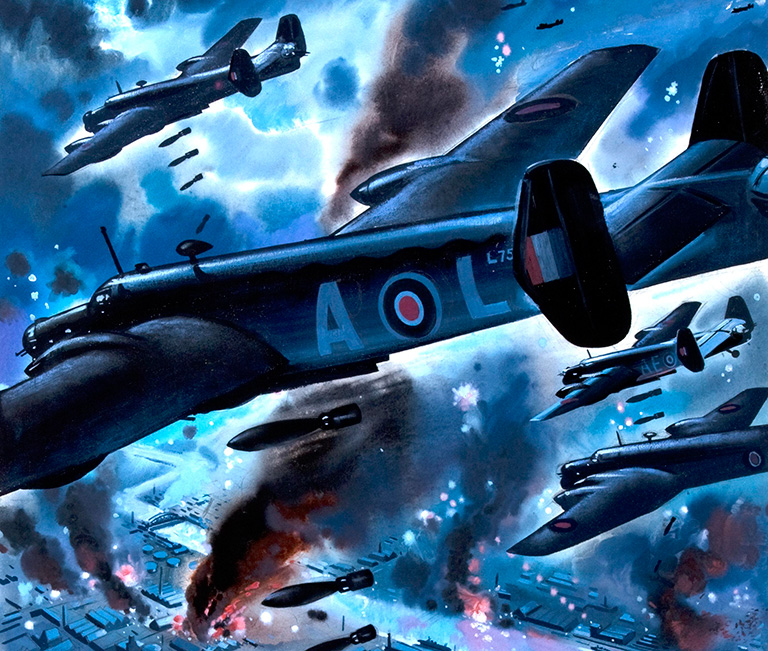No I don't have a search ID for NARA in the USA.That is about right for 184 gal internal (all wing) and 2x 75gal external. With 85gal fuse tank, they could have gone to Prague or Posnan.
Do you have a search ID to find at NARA?
I am registered with The National Archives at Kew in London. From there some documents including the RAF squadron Operational Record Books can be downloaded for free. registration page:-
Register
The official archive of the UK government. Our vision is to lead and transform information management, guarantee the survival of today's information for tomorrow and bring history to life for everyone.
Link to the ORBs - scan down page

Royal Air Force operations record books 1911-1963 - The National Archives
What are these records? These are Royal Air Force (RAF) operations record books (ORBs), though the oldest books pre-date the formation of the RAF in April 1918 and cover operations carried out by its predecessors, the Royal Flying Corps (RFC) and the Royal Naval Air Service (RNAS). Most of these...
